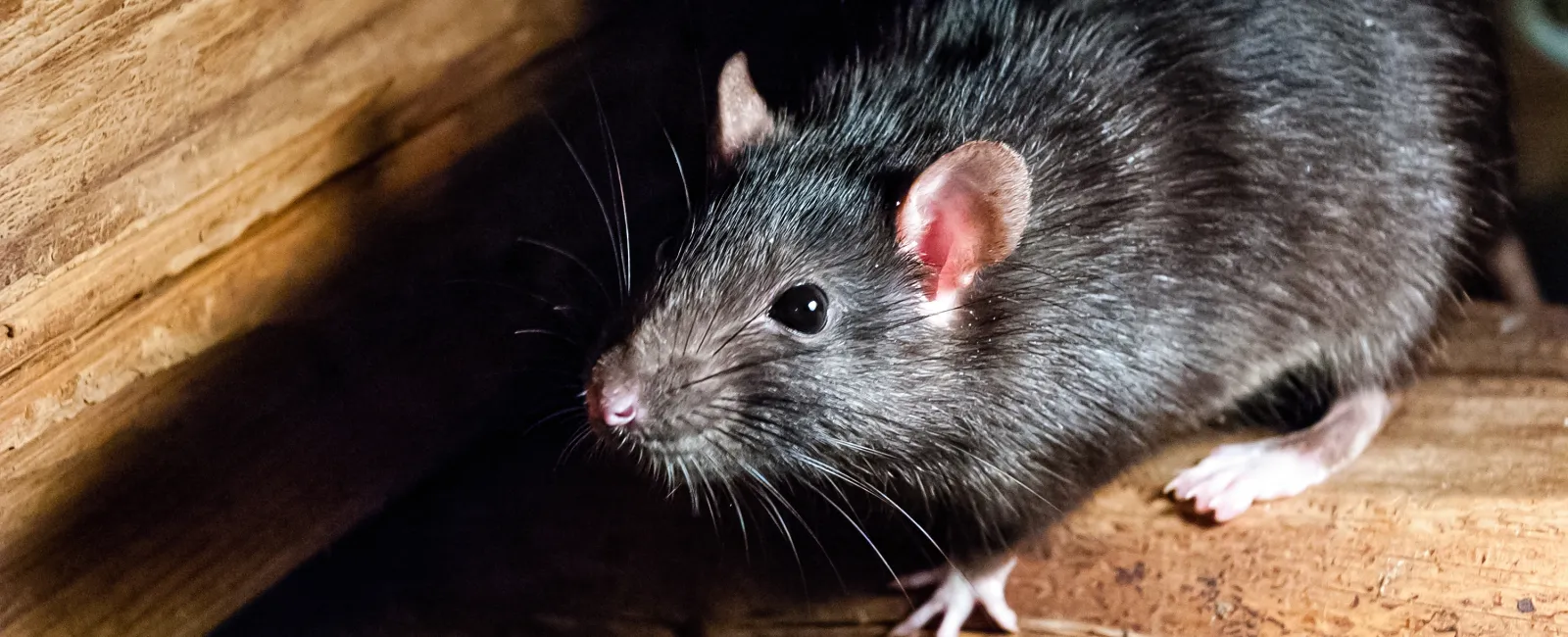Rats and other rodents can be found everywhere you go, but we don't always consider how different the lives of city rats and rural rats really are. It's in the big cities where the smallest inhabitants play a massive game of survival. Join us as we dive into the surprisingly complex world of city rats, exploring how these resourceful rodents navigate the concrete jungle!
Meet the Urban Rat
Urban environments are teeming with the hustle and bustle of human life—and equally active are its rat populations. The most common residents, the Norway rat and the roof rat, have adapted impressively to city living. Here is what you need to know about these city slickers:
Norway Rat: Burly and primarily ground-dwelling, they're the heavyweight champions of the urban rat world.
Roof Rat: Sleeker and more agile, these rats prefer the aerial routes of trees and overhead wiring.
A Day in the Life of a City Rat
Just like you, city rats are ready for action as the city comes alive. Last night's leftovers make for the perfect breakfast opportunity, ensuring that the rodents in town are well-fed. From uneaten pizza to gourmet cuisine, the garbage cans of the city are the equivalent of a world-class establishment.
After their morning scramble, it's time to take to the shadows for some midday mischief. The daylight limits the amount of cover they need to stay out of view, slowing down their activity. They often retreat to areas like basements and secluded parts of subway stations where they can still keep a watchful eye on what's going on around them.
Finally, when the night rolls around, rodents let loose. The darkness offers a level of protection that allows them to get to exploring! Streets, alleys, trash bins, and even apartments and homes are all subject to some late-night exploration. It's a rat's world after dark!
Rat Real Estate - Where Urban Rats Reside
As we said, the cover of night gives rats the confidence to start searching homes for food, water, and shelter opportunities. Rats aren't picky when it comes to housing. They set up camp anywhere that provides warmth, shelter, and proximity to food. Common rat residences include:
Engine Bays: Warm and undisturbed spots perfect for a nap.
Basements and Cellars: The classic rat pad, complete with damp corners and old boxes.
Subway Tunnels: The rat highway, complete with tracks leading to various food sources.
Wall Voids: You can't see them, but you can hear them scurrying around apartments and homes in these highly protected areas.
Homes Surrounding Cities: A perfect balance of urban and suburban, packed with natural landscape and city amenities.
The Rat Social Network
Despite their sometimes-lone scavenger image, rats have a complex social structure. They often live in colonies where they maintain certain hierarchies. Using high-pitched sounds and pheromones, they communicate with each other to alert other rats to food and shelter opportunities or approaching danger.
Within their colonies, they cultivate teamwork. Rats often share food and information about food sources so that everyone can get a piece of the pie, so to speak. Talk about "sharing is caring!"
Survival Skills of the City Rat
We all know that living in a big city isn't for everyone, and the same is true for rats. It takes a specific personality type to survive the hustle and bustle. While some try to swing it in the city, others will look outward, infesting homes nearby that offer the same kind of resources without as many people who can spot them. Just like people, city rats and outskirt rats have a toolkit of skills that would make any survivalist proud:
Swimming: Can navigate waterways and sewers effortlessly.
Jumping: Able to leap distances over a foot to escape predators or reach food.
Gnawing: Their teeth can chew through just about anything, from plastic to cinder block.
When you've got these skills on your side, there's no shortage of fun (and trouble) to be had! It's no wonder cities run rampant with rodents!
Humans and Rats: An Ongoing Saga
The relationship between humans and rats is complex, marked by a continuous tug-of-war. While rats prefer a bit more privacy, they aren't shy about taking advantage of humans. Anywhere that you can find a lot of people, you will also find a lot of rodents.
That's because we share the same basic needs for survival: food, water, and shelter. Why worry about doing that all yourself when you could just take advantage of someone else's? Rats are opportunistic, and they'll do whatever it takes to score some resources from people.
Many people use traps, baits, and even urban cleanliness campaigns to try to control populations, though professional rodent control is always the most effective way to mitigate rat intrusions.
Good Riddance, Rodents!
Rats may not be the most beloved city dwellers, but their ability to thrive in urban settings is nothing short of remarkable. Hopefully, this inside look at these crafty critters gives you insight into where you might find rodents and what their daily life looks like!

